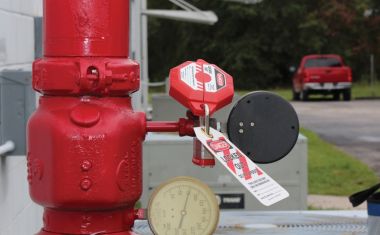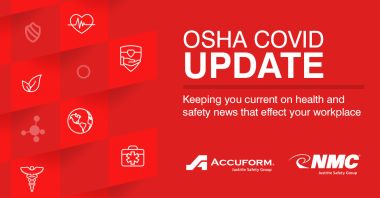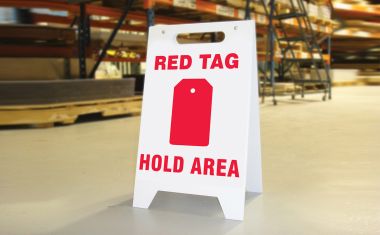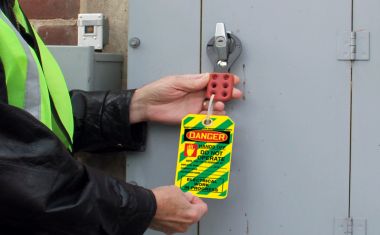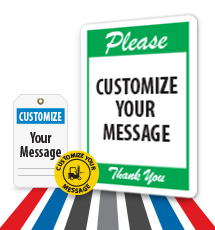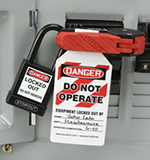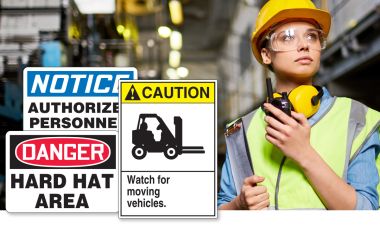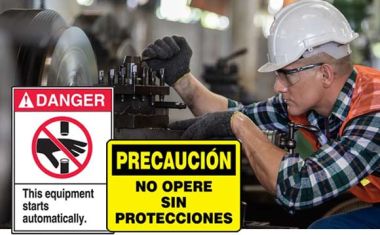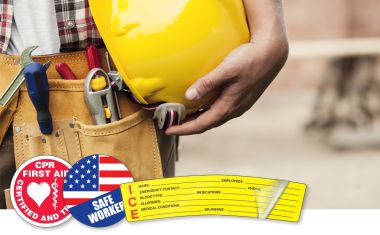What is California Proposition 65 Warning About?
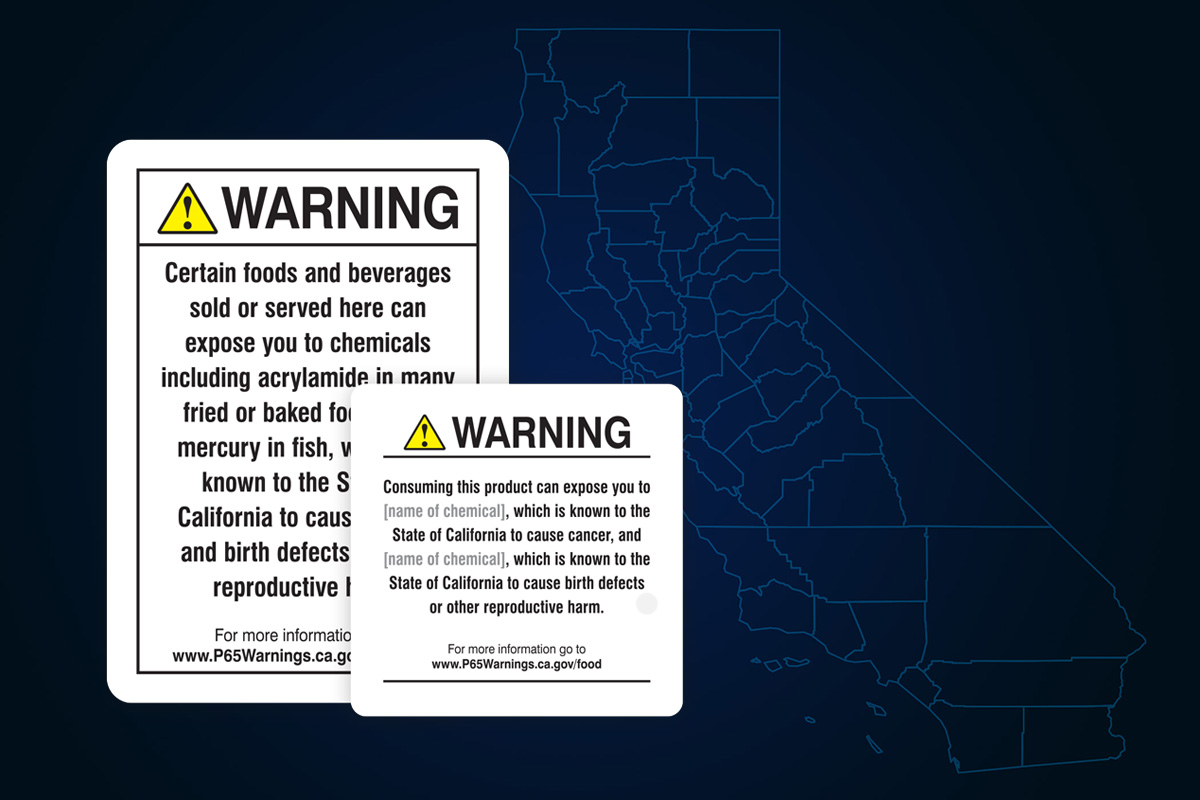
Avoid fines up to $2,500 per day per violation with the appropriate warning signs and labels.
Prop 65 regulations are very specific. Make sure you're compliant before the new rule goes into effect!
Considered as a "right-to-know" law, California Proposition 65 is based on the concept that people living in California have a right to know when they’re being exposed to the chemicals known to cause cancer, birth defects, or reproductive toxins.
Proposition 65, originally known as the Safe Drinking Water and Toxic Enforcement Act of 1986, was enacted in November 1986. However, it wasn't until 2016 that the regulations were updated to include more requirements.
Although the new rules go into effect for products manufactured after August 30, 2018, it’s wise for companies to begin using them now.
How do you follow Cal Proposition 65 regulations?
The Office of Environmental Health Hazard Assessment (OEHHA) and the California Environmental Protection Agency (CalEPA) determines whether chemicals meet the scientific and legal requirements for placement of California Proposition 65 warnings. As a business, you’re required to provide a “clear and reasonable” California Proposition 65 warning label or sign before knowingly and deliberately exposing people to any of the 900+ chemicals found on the list.
What information needs to be on the warning?
The Prop 65 regulations are very specific. Manufacturers, distributors, and retailers of consumer products are currently using some variation of the existing Proposition 65 "safe harbor" warnings - but will need to update to the new safe-harbor warning for exposure to a chemical that is listed as both a carcinogen and a reproductive toxicant.
If it’s decided that a product meets the criteria for labeling, a current warning must now state:
- WARNING: This product can expose you to chemicals including [name of one or more chemicals], which is [are] known to the State of California to cause cancer and birth defects or other reproductive harm. For more information go to www.P65Warnings.ca.gov
Additionally, per OEHHA, under the new rules, a warning must contain:
- A graphic depiction of a yellow triangle containing an exclamation point.
- Specify at least one chemical for which the warning is being provided if the label is not included in the product or packaging.
- Include the website www.P65Warnings.ca.com.
What types of chemicals are on the Proposition 65 list?
Listed chemicals, found here, may also be used in manufacturing and construction or may be byproducts of chemical processes, such as motor vehicle exhaust. If you'd like to learn how chemicals are added to the link learn more here.
How does Proposition 65 affect consumer goods?
A warning must be given at or before the point of buy. If a product is sold through a website or catalog, the warning must be listed next to the product or on the product-specific webpage. If the warning is included on the product or product packaging, a label may be used that does not include a specific chemical (a truncated warning). If a product contains a truncated warning, a truncated warning may also be used on the website or catalog. If an unlabeled product is sold at retail, a retail sign may be used.
A business can protect itself from Prop 65 liability by labeling its product or ensuring that the product doesn't need a label. Often, a company does not know what chemicals are in the products it manufactures, distributes or sells and, if a listed chemical is present, what level of exposure it creates.
Use signs and labels to follow Proposition 65 regulations, provide warning, and to avoid a violation penalty as high as $2,500 per violation per day.
